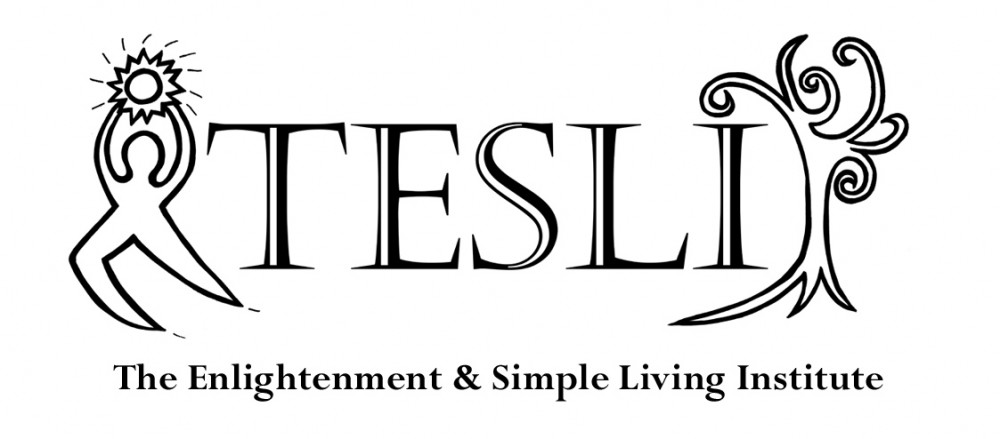Buddhism has done a nice job of describing the five obstacles to meditation (or spiritual development, recovery, healthy behaviors, etc).

OBSTACLES
- Doubt:
- Does it work?
- Will it work for me?
- Not wanting to do it (laziness or lack of motivation)
- Attraction to worldly things (or unhealthy behaviors or drug of choice)
- Resentments, ill will, aversions
- Worry, restlessness, distractions
The good news is there are remedies that can be done to rid oneself of any of the obstacles.
REMEDIES
If you have DOUBT about the activity you want to do then:
- Get more information about the activity
- Talk to people
- Read up about it
- Search the internet
- Experiment or try it out and see how you like it
- Explore the pros and cons of the activity
- Consider other options (e.g. If I eat crappy food instead of healthy food what will my body be like in 20 years. Will I like that?
If you LACK MOTIVATION to do a new, healthy behavior then:
- Find out about the positive results others have doing it
- Hang out with people that do the new healthy behavior
- Think through the next 20 years with your current lifestyle
- Focus on what you want in your life and how the behavior helps you to reach your goals
- Choose to become good at what your aspiration is
- Make the efforts needed to get good at your target behavior
- Experience the physical and mental pleasure of doing the new behavior.
If we are ATTRACTED to OTHER THINGS and we forget to do the new behavior because life happens and we are swept away by it, then we must develop mindfulness. Mindfulness is being consciously aware of what we are doing, when we are doing it simultaneous with awareness of the consequences of that action. In the case of forgetting the behavior because we are swept away by attractive situations, opportunities, and things, mindfulness is the process of remembering what your intention is and letting go of the distraction. Mindfulness is a skill that is developed by continuous practice.
AVERSIONS, ILL-WILL and RESENTMENTS can also block our development of new healthy behaviors. In this obstacle we start focusing on what we don’t want. Maybe we desire a strong body, but we don’t want to exercise in the cold or rain or too hard or … you get the idea. We have an aversion to part of the practice. We don’t like the food we have to eat, or the work we have to do, or what we have to give up. We resent our choice and we resist part of it. Or we resent our parents, our boss, the world… for making this change so hard. This, ultimately will lead us to stopping the practice if we don’t nip it in the bud. The correction is to be watchful for the aversion to arise and recognize it doesn’t serve us and bring our attention back to our thoughts of the benefits of the change.
RESTLESSNESS, WORRY and BEING DISTRACTED arise when we are living a hectic life or we are not acting in integrity. We become preoccupied, mentally agitated and lose focus. In terms of making a positive change, a distraction is getting swept up by the day’s activities and forgetting to do the activity that will create the positive change. Maybe you leave the house without food planned and you end up somewhere hungry without good choices. Or maybe your day was so full you forgot to leave time to exercise. Sometimes we just forget to reflect on our life and choices and get swept along in habitual patterns of reacting. In the case of restlessness, we need to consider what we need to put down or let go of. If there are activities or people that prevent us from making a positive change, then we ask ourselves what action we need to take in those areas to prevent us from getting mentally agitated and distracted.
SUMMARY
While all five obstacles are different, the solutions are really the same. It is all about focusing on what you desire and what will bring you what you want and turning your back on the activities and things that will not bring you what you want. Keep your resolve strengthened by contact with people with similar goals and by reading about what you desire to achieve and people achieving it.
I was once living with a teenager and we were studying internal martial arts. I always just pushed myself to practice even if I didn’t want to. He was an example of more skillful means. He would turn to YouTube first and watch master martial artists. It didn’t take long before he was inspired to practice. This is certainly a good way of applying an antidote to not wanting to do it, and the other obstacles.
Finally, be gentle with yourself. Sometimes knowing is not the same as doing. We are not our subconscious mind, but the habits and beliefs that reside in our subconscious are influencing everything we do. Part of the path is loving ourselves without judgment. We move to take right action without making anyone or anything wrong – including ourselves. If what we know would be best, is outside our capabilities, then it is not the best action. Choose something that takes less effort and is pointed in the direction you would like to go. Each day affirm your commitment to positive change. Listen to an inspiring podcast or YouTube video or take any action you know that will get you excited. Then end each day rejoicing about what you were able to do for yourself.
In case you’d like to listen to this topic , it was covered in episode 34 of Positive Change with Dorena.
Text and photo copyright protected 2022 – All rights reserved

